Your dream beauty career starts here—30,000+ students and counting

CEO/Founder Of Bela Beauty College
TLDR;
Acrylic nails are made by mixing liquid monomer and powder polymer, creating a durable, sculptable extension that air dries. Gel nails use a liquid resin cured under UV or LED light, offering a more flexible, glossy, and natural-looking finish. Both have pros and cons, and the best option depends on nail condition, lifestyle, and desired look.

Choosing between acrylic and gel nails can be overwhelming, especially for beginners or aspiring nail technicians. Both are popular, long-lasting nail enhancements, but they differ significantly in how they’re made, how they wear, and how they’re maintained.
At Bela Beauty College, we train future nail professionals to understand these distinctions inside and out. Whether you’re deciding what to recommend to clients or curious for personal reasons, this guide covers all angles from a nail technician’s perspective.
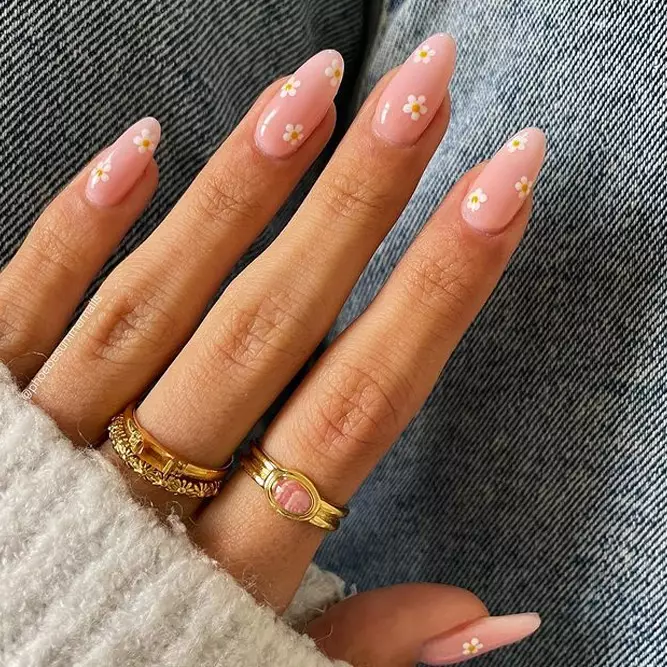
Acrylic nails are a strong, sculpted type of artificial nail enhancement created by combining a liquid monomer with a powder polymer.
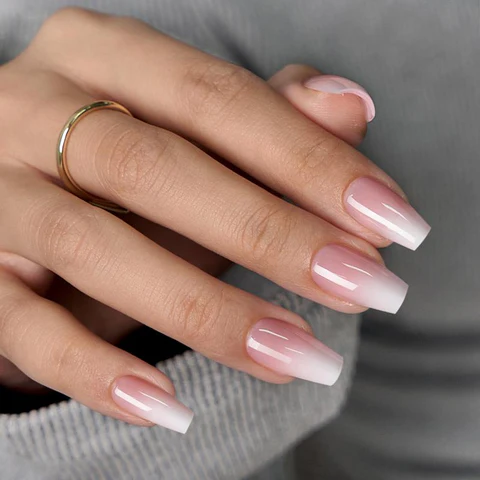
Gel nails involve applying a gel-based formula that cures under UV or LED light. They are known for their flexibility, glossy finish, and natural appearance.
Pros:
Cons:
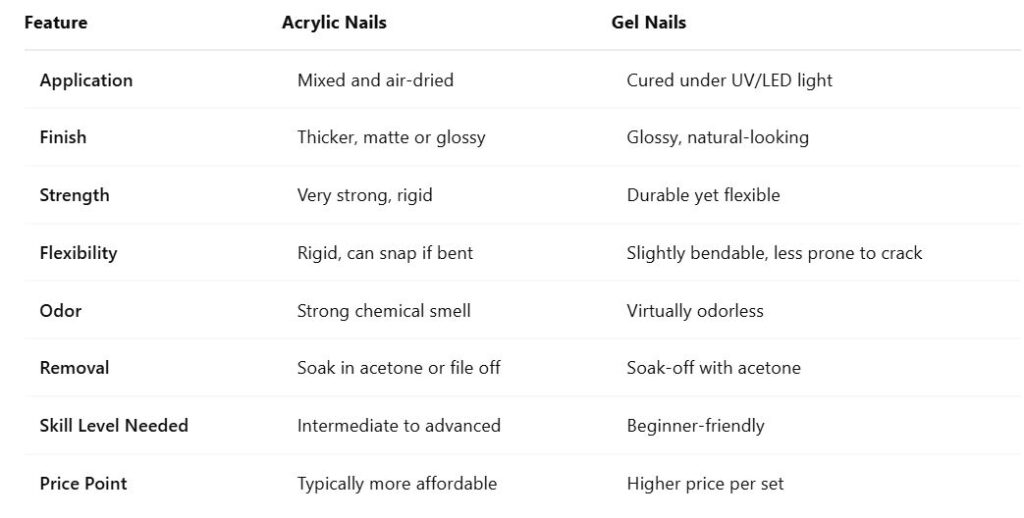
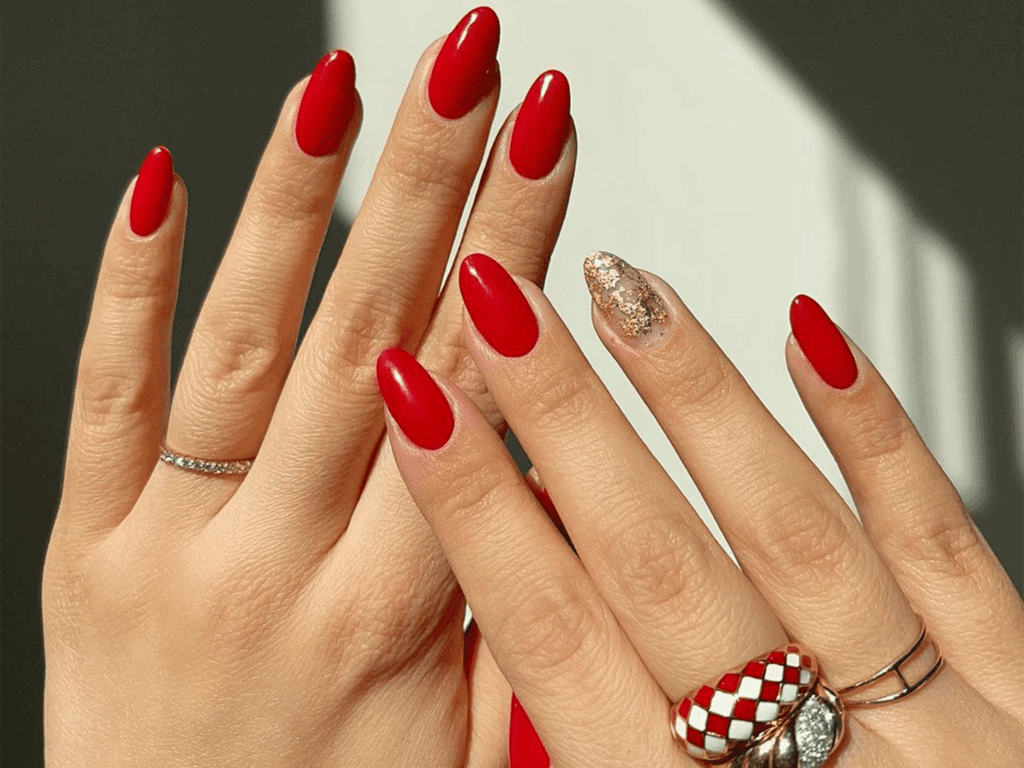
Both options can last weeks, but their upkeep and longevity differ.
Acrylics
Gels
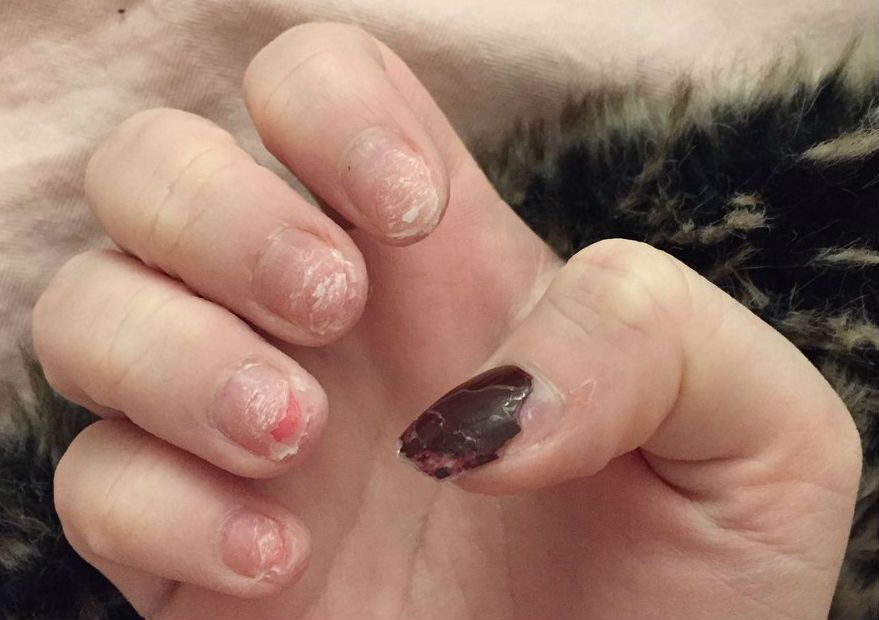
Acrylic Nails:
Gel Nails:
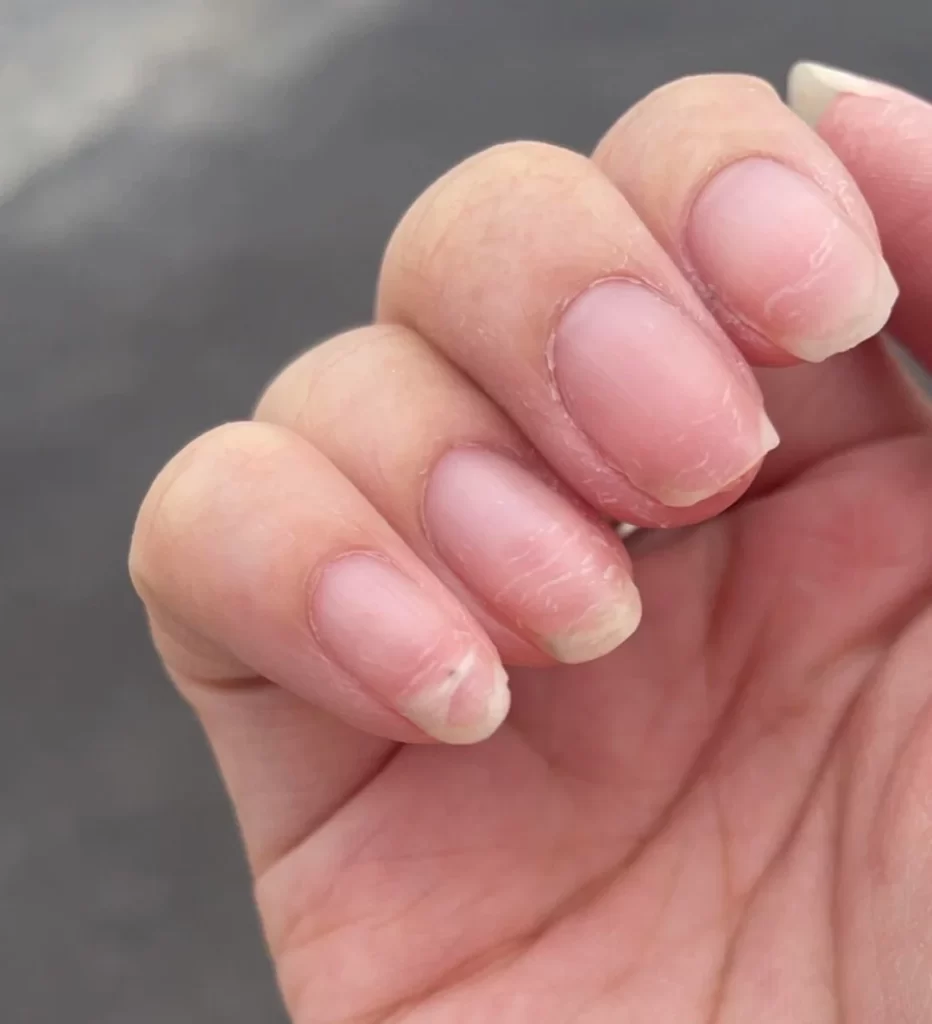
For weak or brittle nails, gel nails are generally safer. Here’s why:
Less filing of the natural nail required
Gel acts as a protective barrier while growing out
More flexible, reducing trauma if bumped
However, for clients who use their hands constantly or need more durability, acrylics can still work if applied carefully with protective measures.
You can also combine both: use acrylics for structure, topped with a gel overlay for shine—the best of both worlds.
That said, no matter which type you choose, it’s just as important to know what is the safest way to remove nail polish to avoid damaging the natural nail underneath. Using the wrong method can undo the benefits of choosing a gentler nail system.
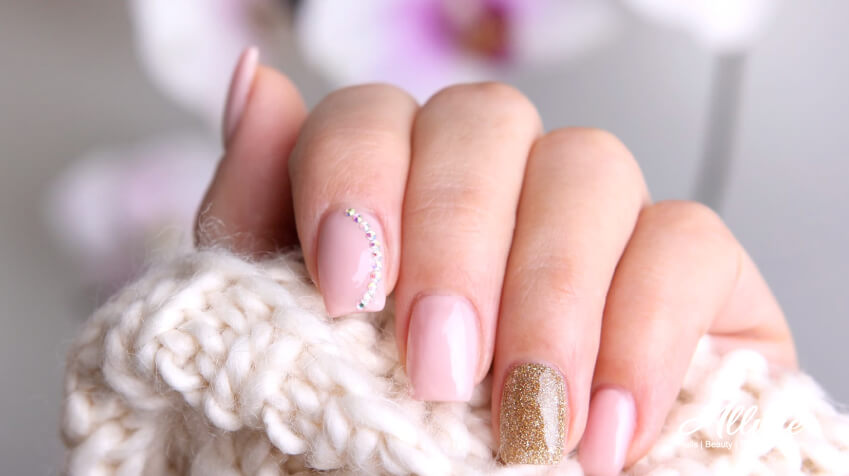
If you’re new to nail enhancements, ask your technician:
Pro tip from Bela Beauty College: Understand your client’s daily routine and nail history before recommending any enhancement.
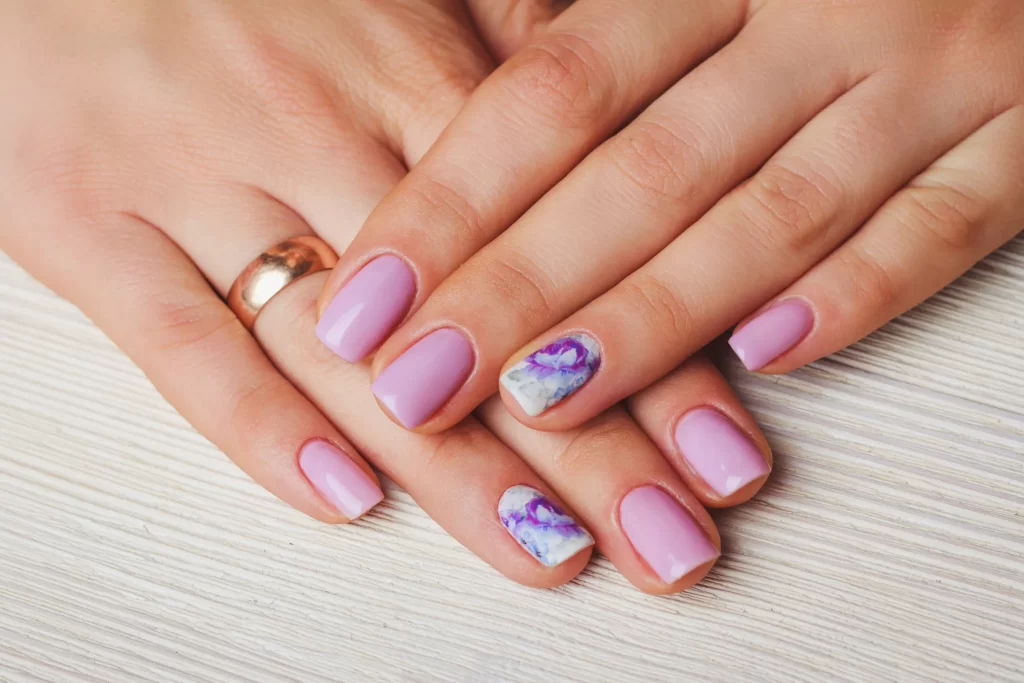
Yes, you can create intricate designs with both methods:
Both allow creativity, but application techniques vary.
Acrylics tend to last longer with proper upkeep. Gels typically last 2–3 weeks.
Both can cause damage if improperly applied or removed. Gel is gentler during application.
Yes, just make sure your natural nails are healthy in between to avoid excessive damage.
Acrylic is stronger and can withstand the pressure. But gel can be safer if the nail beds are thin.
Absolutely. Both are great canvases for nail art, though techniques may differ.
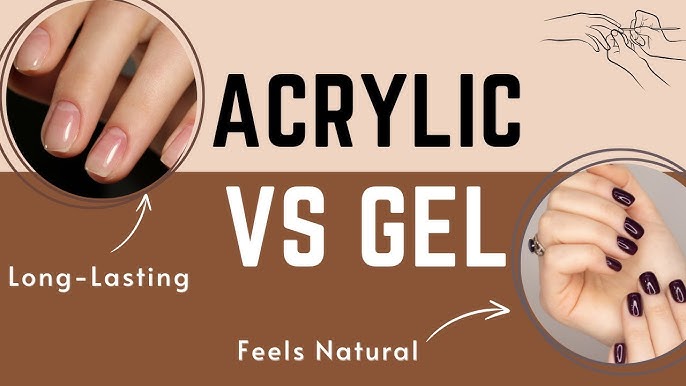
Understanding the difference between acrylic and gel nails is essential for any aspiring or practicing nail technician. Each type has unique benefits and drawbacks, and the right choice depends on several factors like nail condition, desired length and style, budget, maintenance level, and personal or client preference. It’s also important to consider practical aspects—like how long does acrylic nail take to apply—especially when managing client expectations and appointment scheduling.
Suite 7
144-156 George Street,
Fitzroy Victoria,
Australia 3065
1212-1175 Douglas Street 7
Victoria,
Canada V8W 2E1
6 Clayton Street
Newmarket, Auckland
New Zealand 1023
5th Floor
60 Cheapside
London EC2V 6AXa